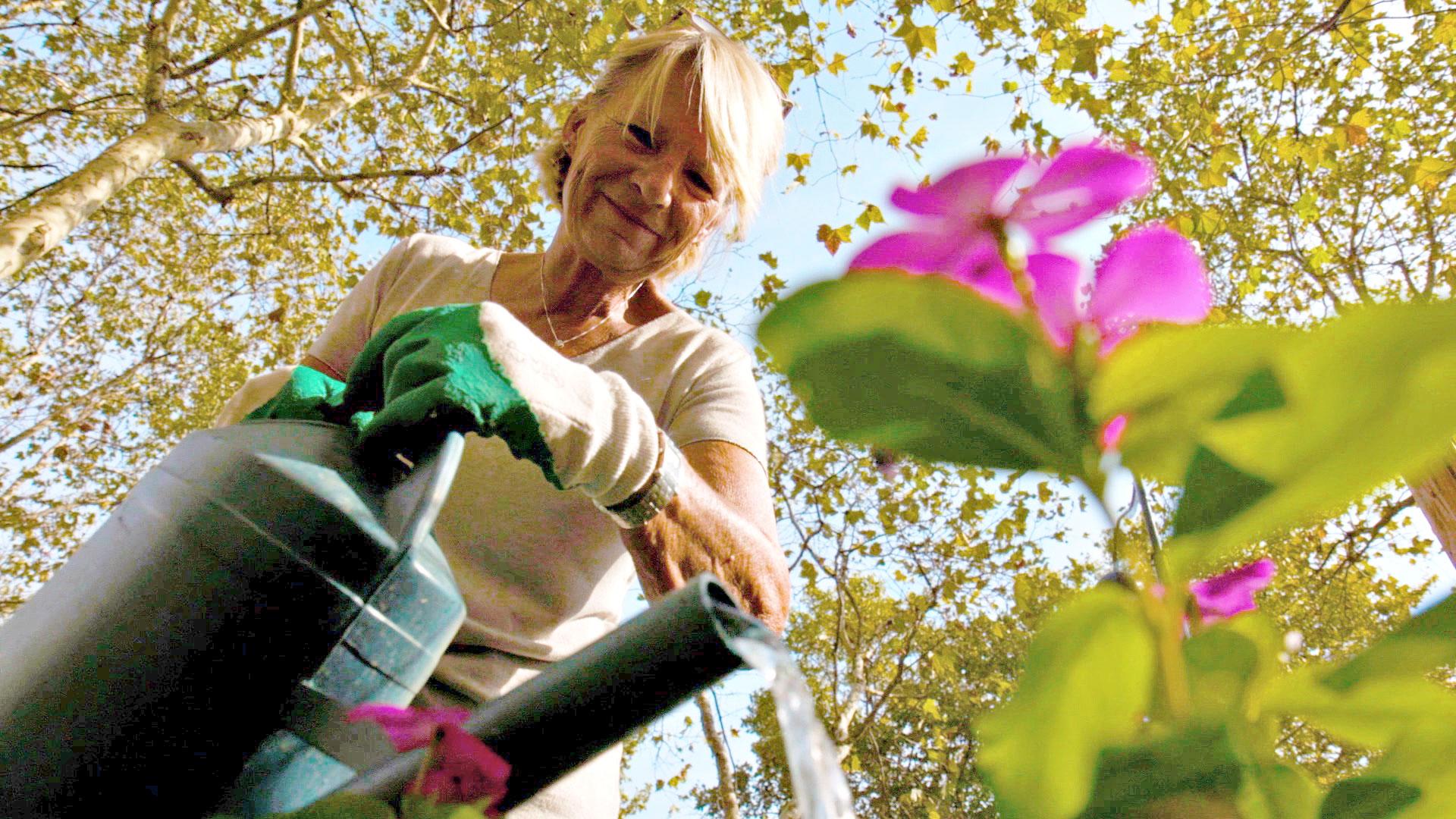What Europe's cities are doing to handle heatwaves
- Published
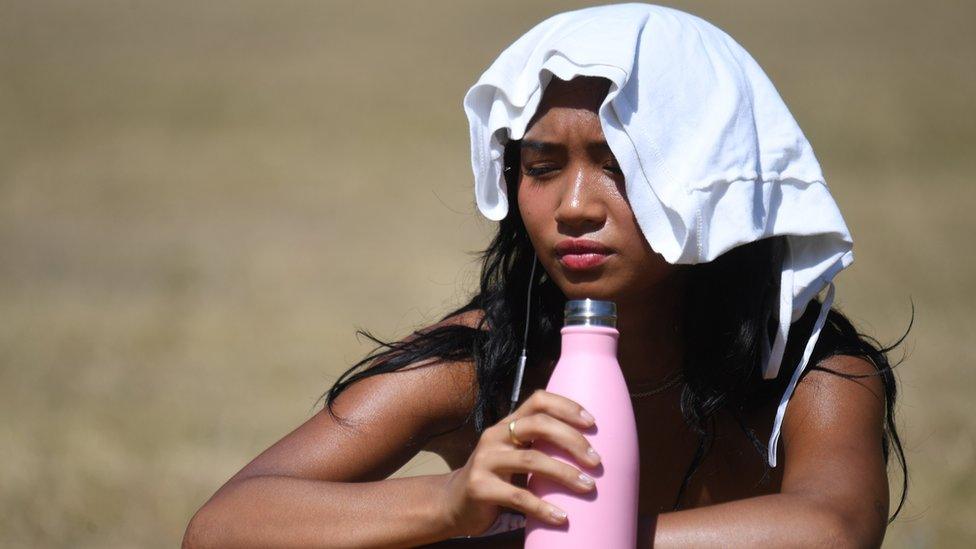
On Wednesday central London saw its longest stretch of high temperatures in almost six decades, with thermometers reading 34 degrees C or above for six consecutive days.
Those fortunate enough to be able to get away to the countryside and coast for holidays may be enjoying slightly cooler temperatures, but many residents remain at home. Around three-quarters of the population of Europe now live in urban areas, according to the European Union.
Much of western Europe is sweltering this August. As the human influence on our climate becomes ever more marked, heatwaves will become increasingly normal in the summer, researchers say.
How can cities adapt to make life easier for their residents during periods of very high temperatures?
Why are cities so hot?
The phenomenon of urban areas being several degrees hotter than their surroundings is known as the urban heat island effect.
London's City Hall says the UK capital can be up to 10 degrees C hotter than its surrounding areas, external.
There are many reasons for the temperature differences observed in cities, including the different way building materials reflect the sun's rays, reduced vegetation, and the fact that water runs off surfaces into drains rather than being absorbed into the ground.
Let's explore what different cities across Europe are doing to try to reduce these effects - and to help their citizens keep cool.
1. Planting trees
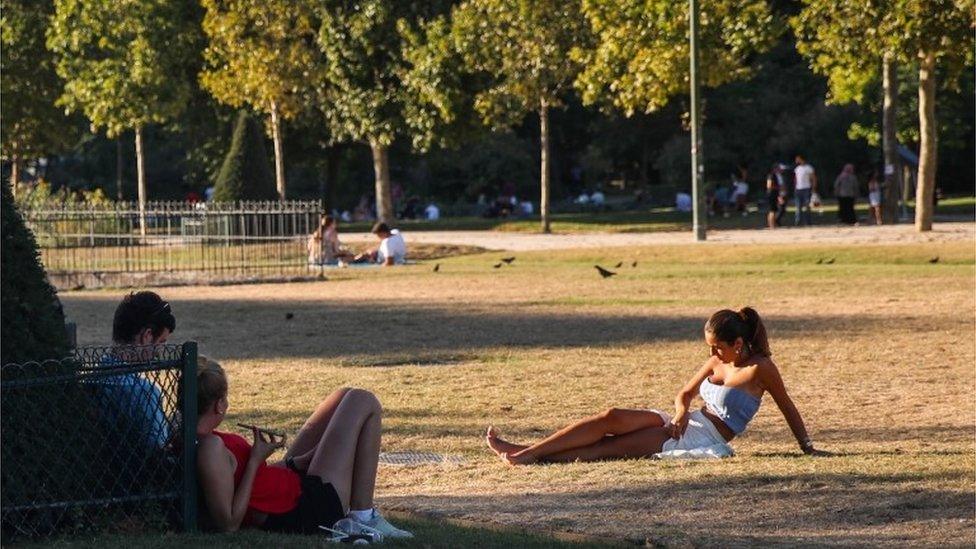
Anyone who's sat underneath a tree on a hot day will know how much the shade helps to keep you - and the ground - cool.
But trees don't just provide shade and reflect the sun's rays back up. They take up water from the ground and lose most of it to the air through a process called evapotranspiration. The water the tree doesn't need comes out through tiny holes on the underside of its leaves, and becomes water vapour.
This change from water to water vapour needs energy from the sun's rays, which would otherwise warm the air. Think of it as the tree sweating, helping to keep the tree cool and infinitesimally lowering the air temperature.
Barcelona - which has a high population density contributing to a marked heat island effect - is concentrating on planting and looking after its trees as part of its efforts to green the city.
The Catalan city already has more trees than many other European cities, with an estimated 1.4m within the municipal boundaries.
It has a 20-year tree masterplan, external, aiming to increase the proportion of land covered by trees to 30% and ensure the tree species are adapted to climate change.
And there are other environmental benefits to having trees within an urban environment, including increased biodiversity by creating habitats for wildlife, helping contain noise pollution, and reducing problems with surface water run-off.
2. Greening streets and roofs
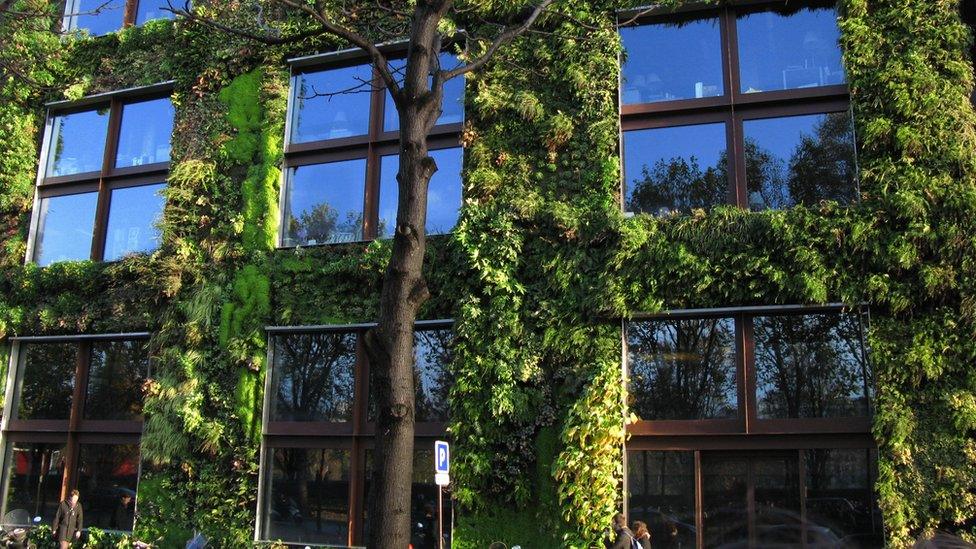
Trees aren't the only form of vegetation that can help cool down the air. In smaller spaces where there may not be room for a new tree, some cities are increasing planting - or encouraging residents to do so.
Paris now allows anyone to apply for a permit to start a garden anywhere at all. These "permits to vegetate" as they probably shouldn't be translated, mean that residents can plant gardens on pavements and small areas of public land to make the city greener.
WATCH: Paris: A city that is turning streets into gardens
Both Paris and London have been deploying green roofs or living walls in their urban architecture.
These are when vegetation is deliberately established on a roof, deck or vertical wall structure. Like trees, the plants reflect the sun's rays, and cool the air via evapotranspiration.
A report for London's City Hall, external estimated that in 2017 there were 1.5m sq m of green roofs in the Greater London area.
Read more: Is London moving its gardens to the sky?
3. Creating temporary outdoor spaces for summer
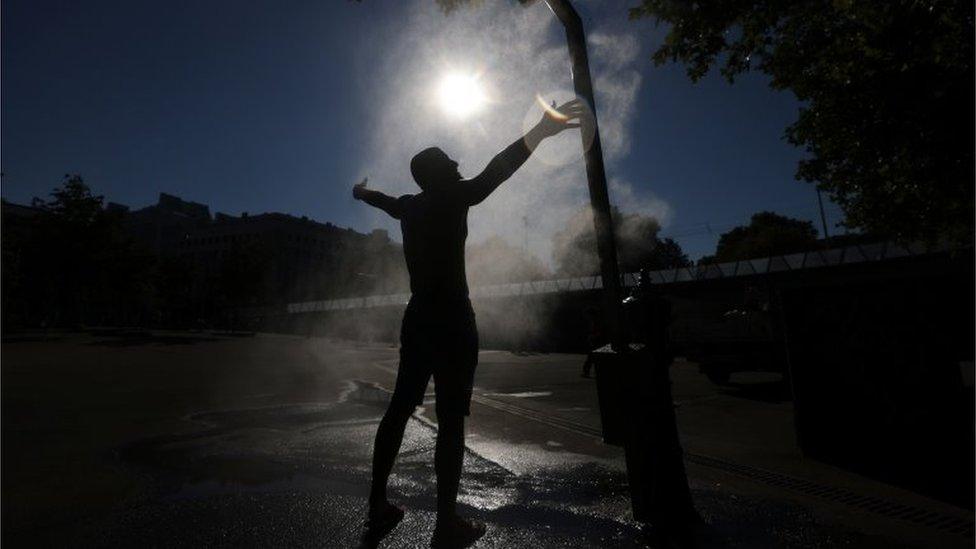
Vienna has set up a network of "cool streets" for the second summer running. In these streets, in neighbourhoods across the inner city, cars are banned from parking and people are invited to use the outside space as an "outdoor living room". The streets are kitted out with seating areas, drinking fountains and some even have water spray misting machines. Children can play and there are plants growing.
The city authorities have chosen street segments to close off in parts of the city with less access to outdoor spaces, and where there are trees to provide shade.
4. Changing urban architecture to add more water and reflective surfaces
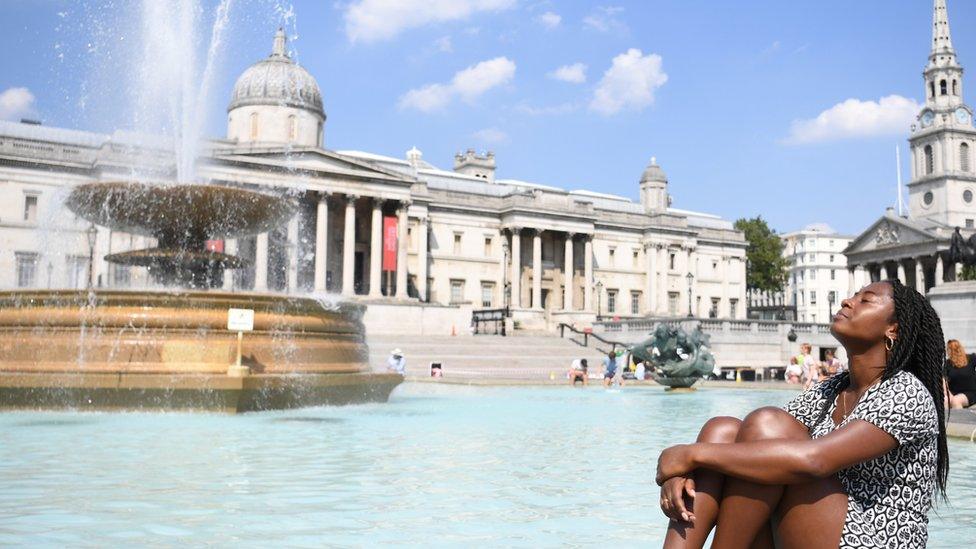
As well as existing rivers, lakes and fountains which people can splash in to cool down - and which themselves reflect the sun's rays - some localities are trying to use water in innovative ways to help cool city streets.
In Nice, in southern France, urban architects sought to use a pavement wetting system to cool down the area of a new transport hub and make it more comfortable for pedestrians. Water seeps up through porous paving material. This water then evaporates, cooling the pavement.
In Thessaloniki, Greece's second city, authorities installed water jets, sprinklers and curtains, external, as well as outdoor fans to help cool a public square.
Buildings are usually made out of materials which absorb the sun's rays, rather than reflect them as does vegetation or water. They can also take a long time to cool down, leading to stifling night-time temperatures.
Using paler-coloured materials for buildings' surfaces is an easy way to reduce the energy absorbed from the sun - and white roofs and walls have been typical in southern Europe for a very long time.
So-called "cool roofs" made out of modern materials with high solar reflectance (or albedo) are available. Projects in India found that indoor temperatures could be reduced in buildings with cool roofs by at least 2 degrees.
Read more: How much can painting a roof white reduce its temperature?
5. Providing information and support
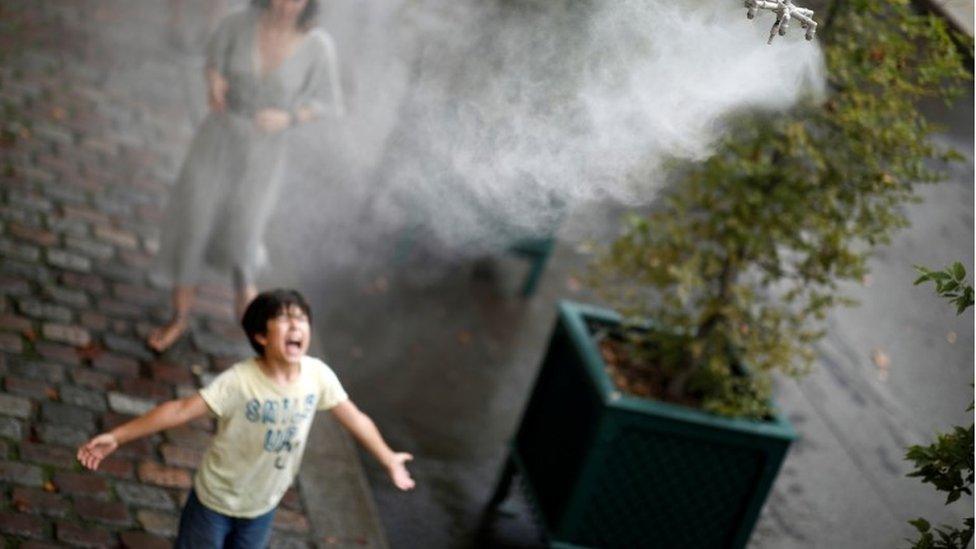
The elderly and young children find it hardest to cope physically with the impacts of a heat wave.
A severe heat wave in August 2003 caused many thousands of deaths across Europe, particularly in France where nearly 15,000 lost their lives, external.
The scale of the tragedy in that incident led France to put in place better measures to deal with future heat waves. After record temperatures last year, the French government said these preventative measures had helped keep the death toll to a tenth of the 2003 numbers.
The city of Paris has an app, external to help people find out where they can go to keep cool in the city. Rotterdam and Athens also have their own apps with the same company.
Meanwhile, London has a pilot project providing a map, external of green and shaded areas where Londoners can take refuge on hot days.
- Published7 August 2020
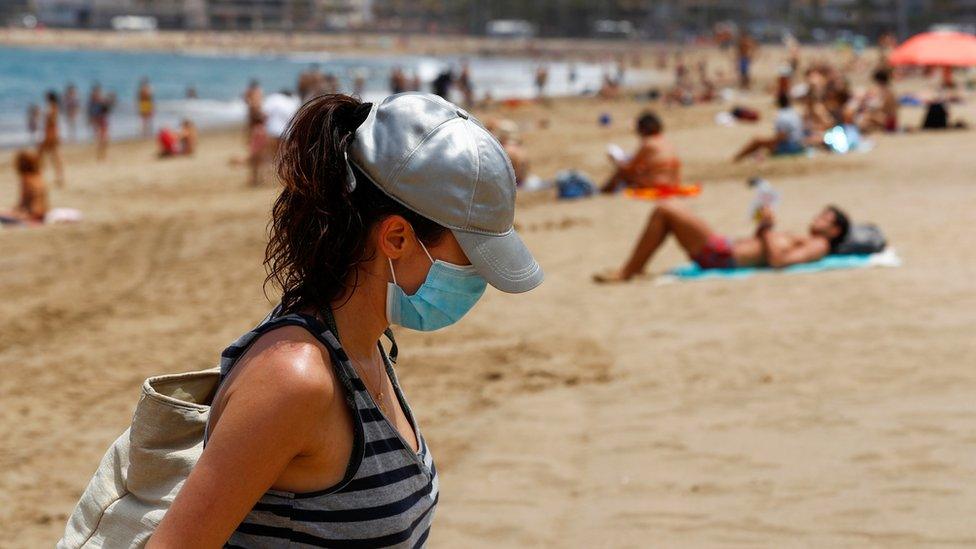
- Published25 June 2020
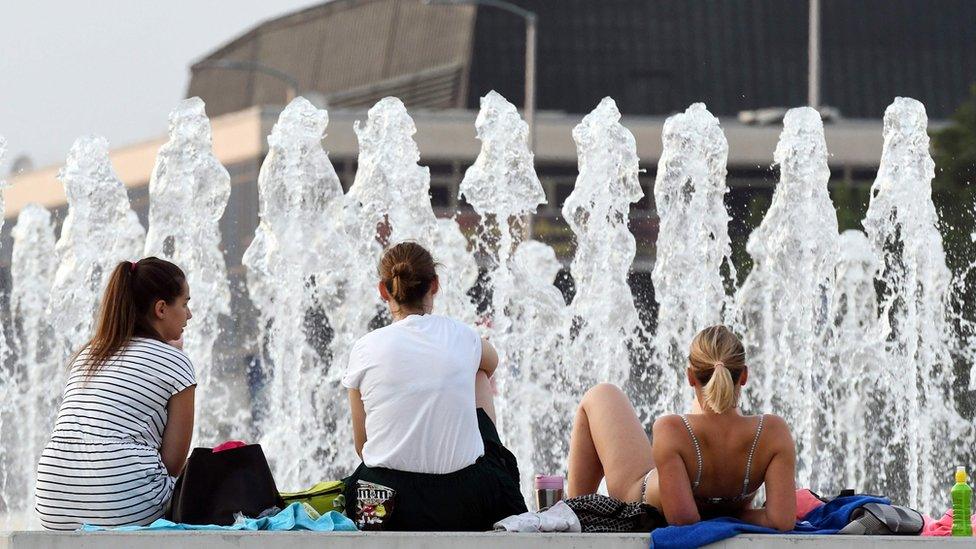
- Published9 October 2019
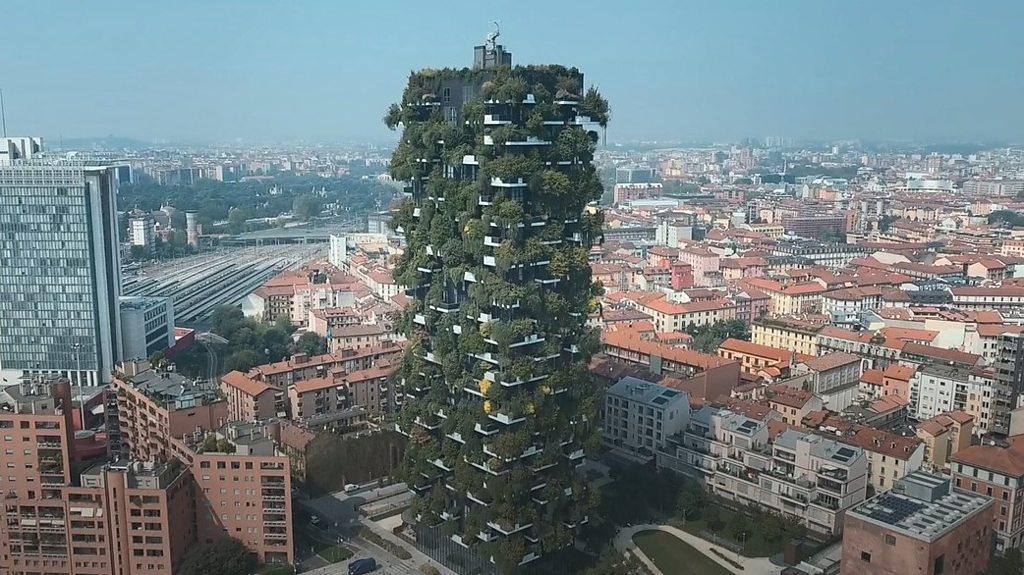
- Published30 June 2020
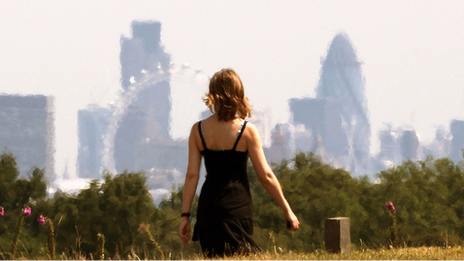
- Published22 November 2018
